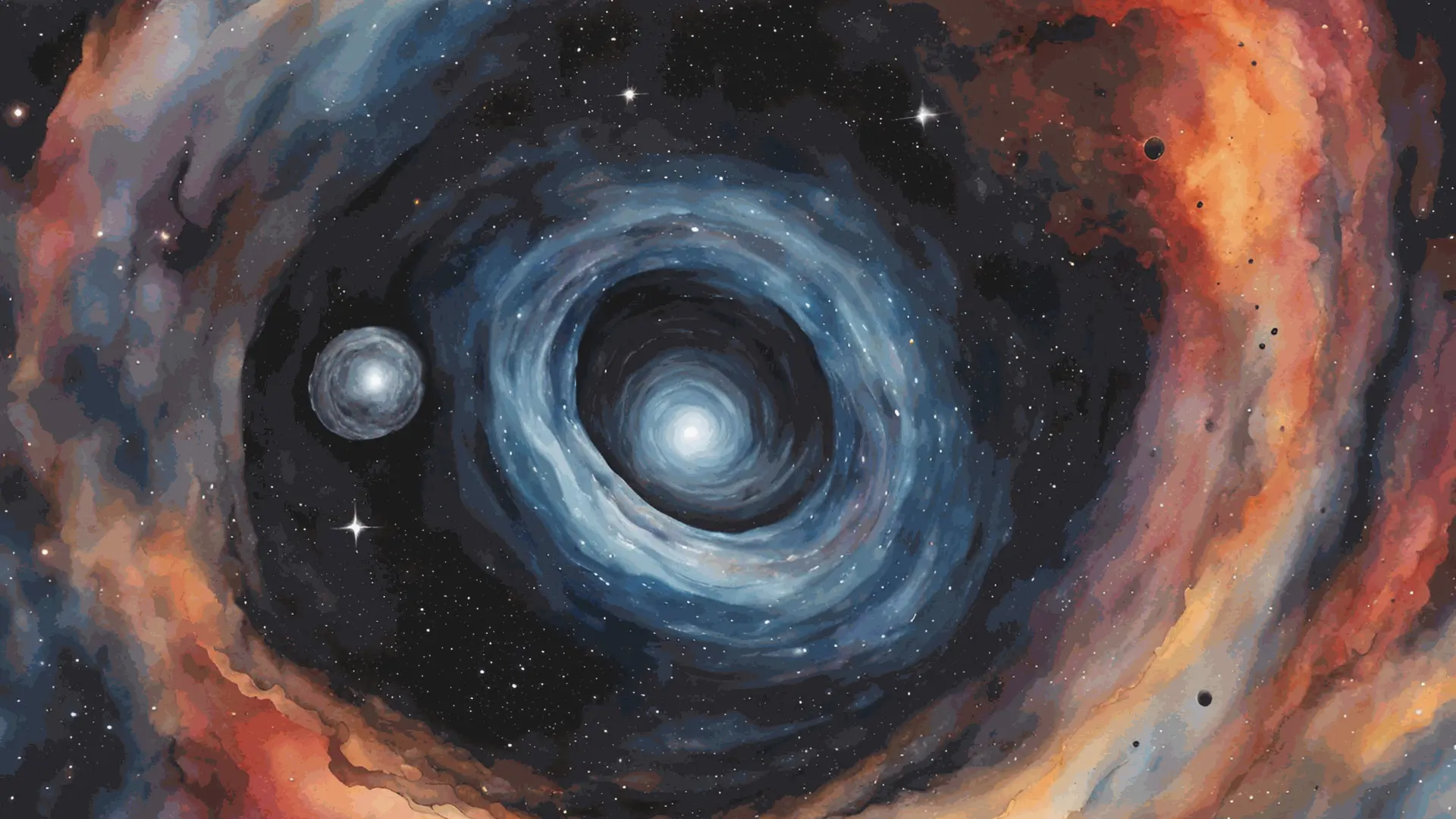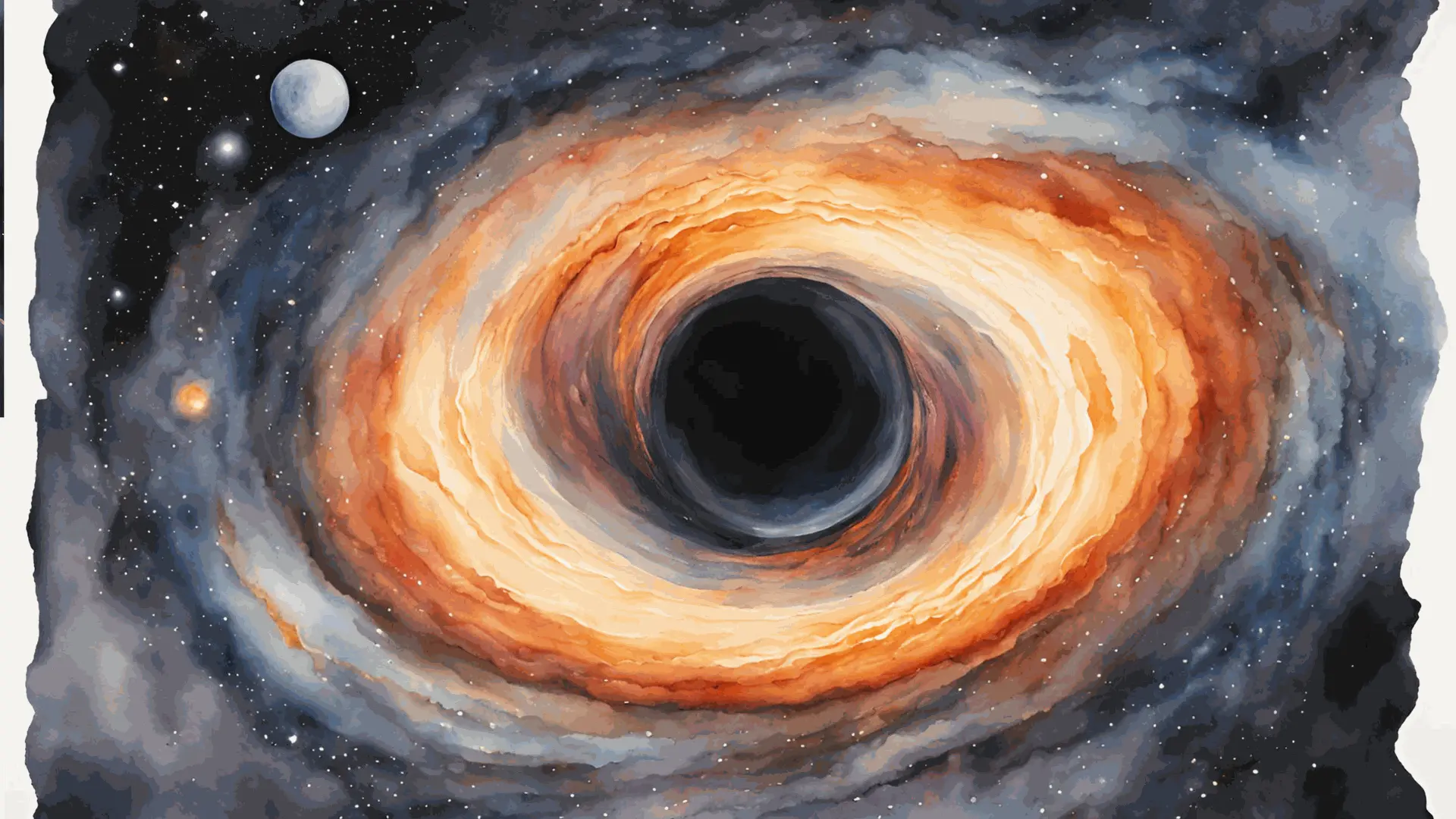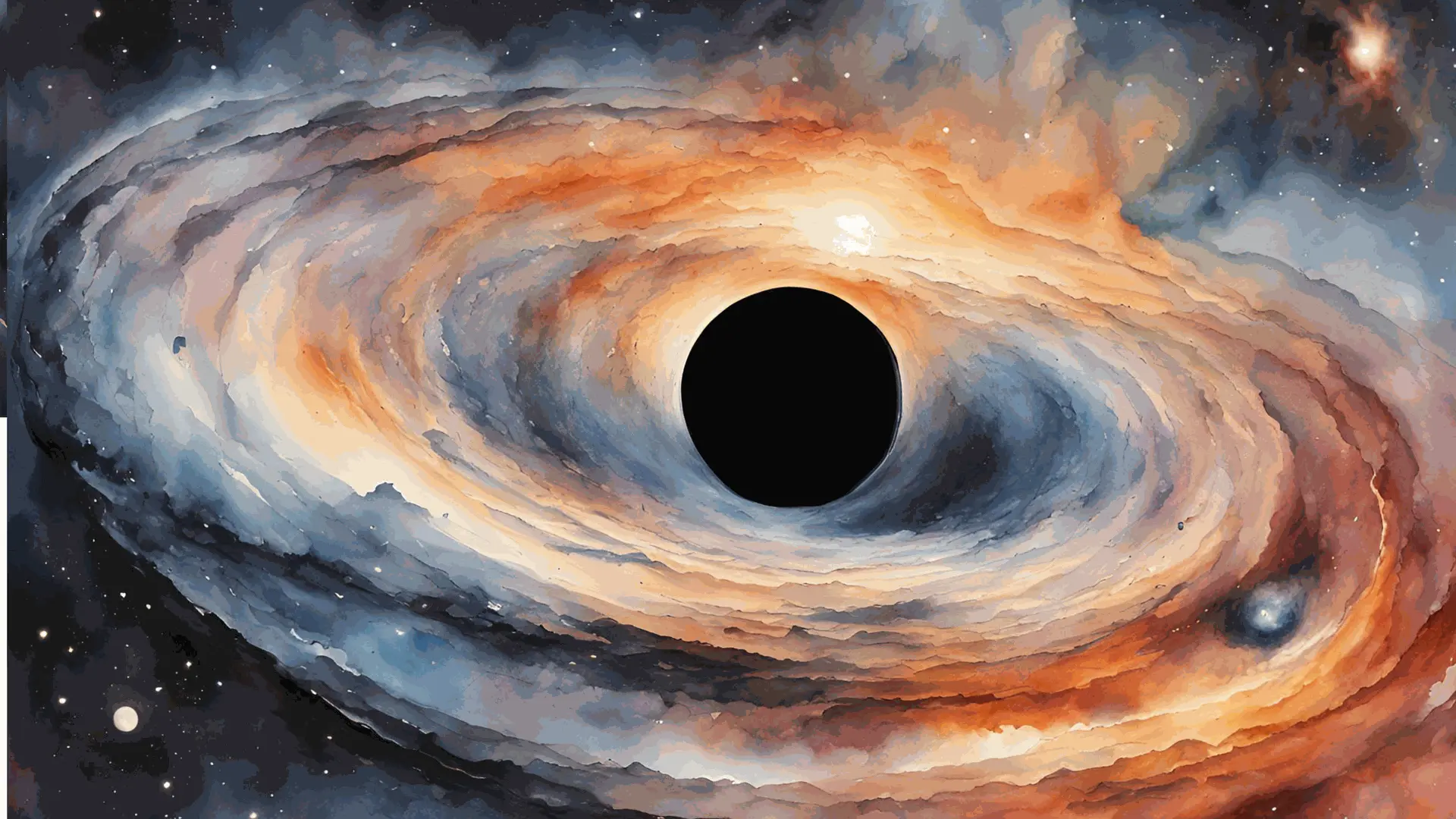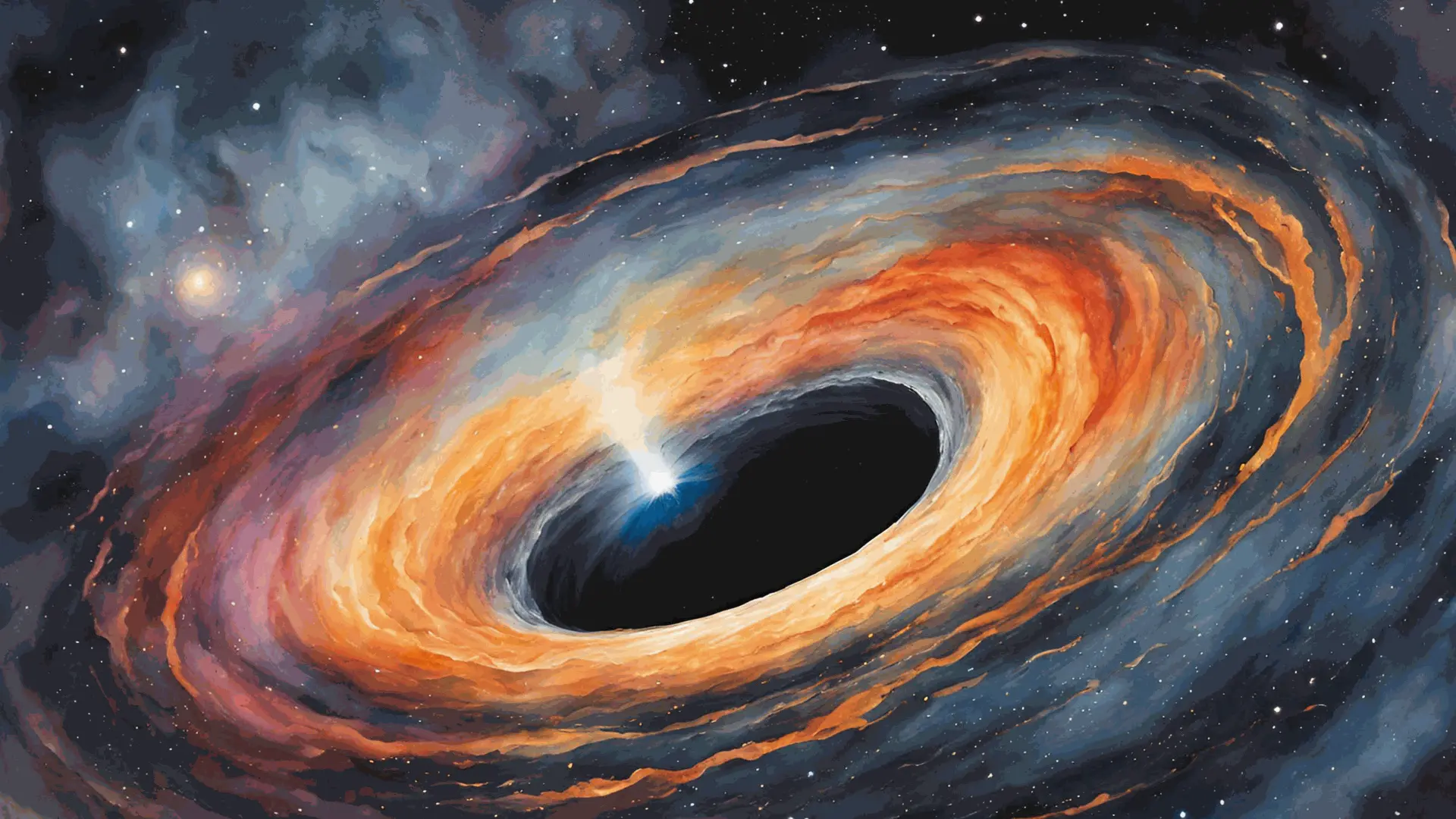Disclaimer:
This is purely a hypothetical question. Current evidence supports the idea that supermassive black holes form from regular matter, but exploring the potential connection with dark matter offers a fascinating thought experiment.
If supermassive black holes were created by dark matter or dark matter stars, it would revolutionize our understanding of the universe. Currently, scientists believe supermassive black holes form from the collapse of massive stars or the merging of smaller black holes over time. However, dark matter plays an elusive, mysterious role in the cosmos, constituting about 85% of the matter in the universe, though we cannot directly observe it.
1. Dark Matter Stars: A New Cosmic Beginning
If dark matter stars existed, they would function very differently from regular stars, which are powered by nuclear fusion of hydrogen into helium. Dark matter, by nature, doesn’t interact with electromagnetic forces like normal matter. If dark matter stars were possible, they would be invisible to us, but their gravitational pull would be immense. These stars, when they reached the end of their life cycle, could collapse into supermassive black holes in a way different from the standard stellar collapse process.
2. Faster and Larger Black Hole Formation
Supermassive black holes might form much faster and become larger than expected if dark matter were the main ingredient. Because dark matter does not emit light or radiation, it could clump together more efficiently in the early universe, avoiding radiation pressure that normal matter faces. This would allow dark matter to collapse into dense regions that form supermassive black holes even earlier than predicted, potentially explaining the existence of such massive objects in the early universe.
3. Changes in Galaxy Formation
Since supermassive black holes are at the centers of galaxies, if dark matter played a crucial role in forming these black holes, it would also significantly alter how galaxies evolve. Dark matter halos, which surround galaxies, would have an even greater influence on the structure, motion, and formation of galaxies. The interactions between dark matter and regular matter could affect star formation and the distribution of galaxies across the universe.
4. New Insights Into Dark Matter
If dark matter were involved in the creation of supermassive black holes, it could help solve one of the biggest mysteries in cosmology—what exactly is dark matter? This discovery would open up a new area of research into how dark matter interacts with itself and with gravity. It might reveal new forces or particles that we have yet to discover.
5. Rewriting Black Hole Theories
Current theories about black holes focus on normal matter, but if dark matter were responsible for creating supermassive black holes, it would require a total overhaul of how we think about these cosmic monsters. We would need new physics to explain how dark matter clumps together, collapses, and interacts with gravity to form such dense objects.
Conclusion:
The idea that supermassive black holes could be created by dark matter or dark matter stars offers a fascinating new way to look at the universe. This theory could explain how these colossal objects form so quickly and why dark matter is so crucial to the universe's structure. Though it remains hypothetical, exploring the link between dark matter and black holes might one day answer some of the deepest questions in astrophysics.




What if supermassive black holes are created by dark matter or dark matter star?